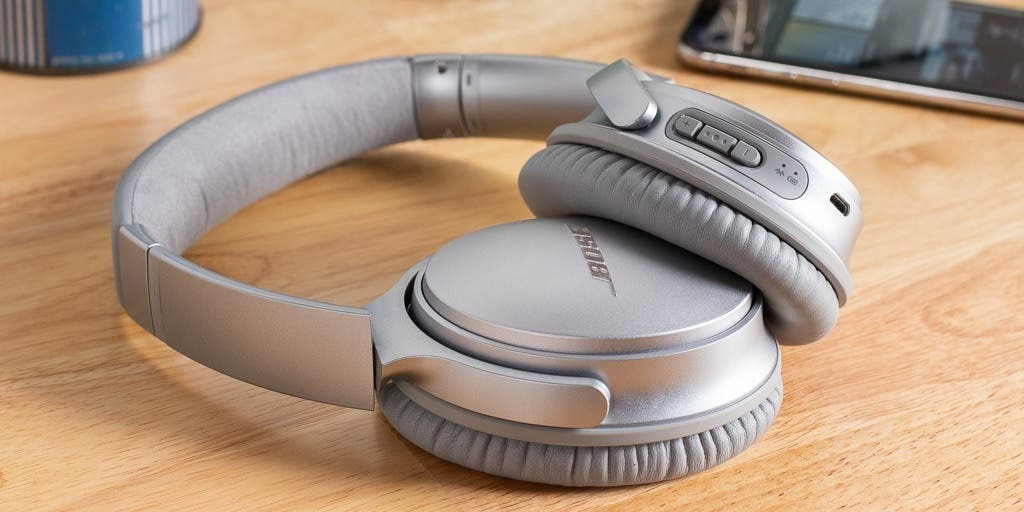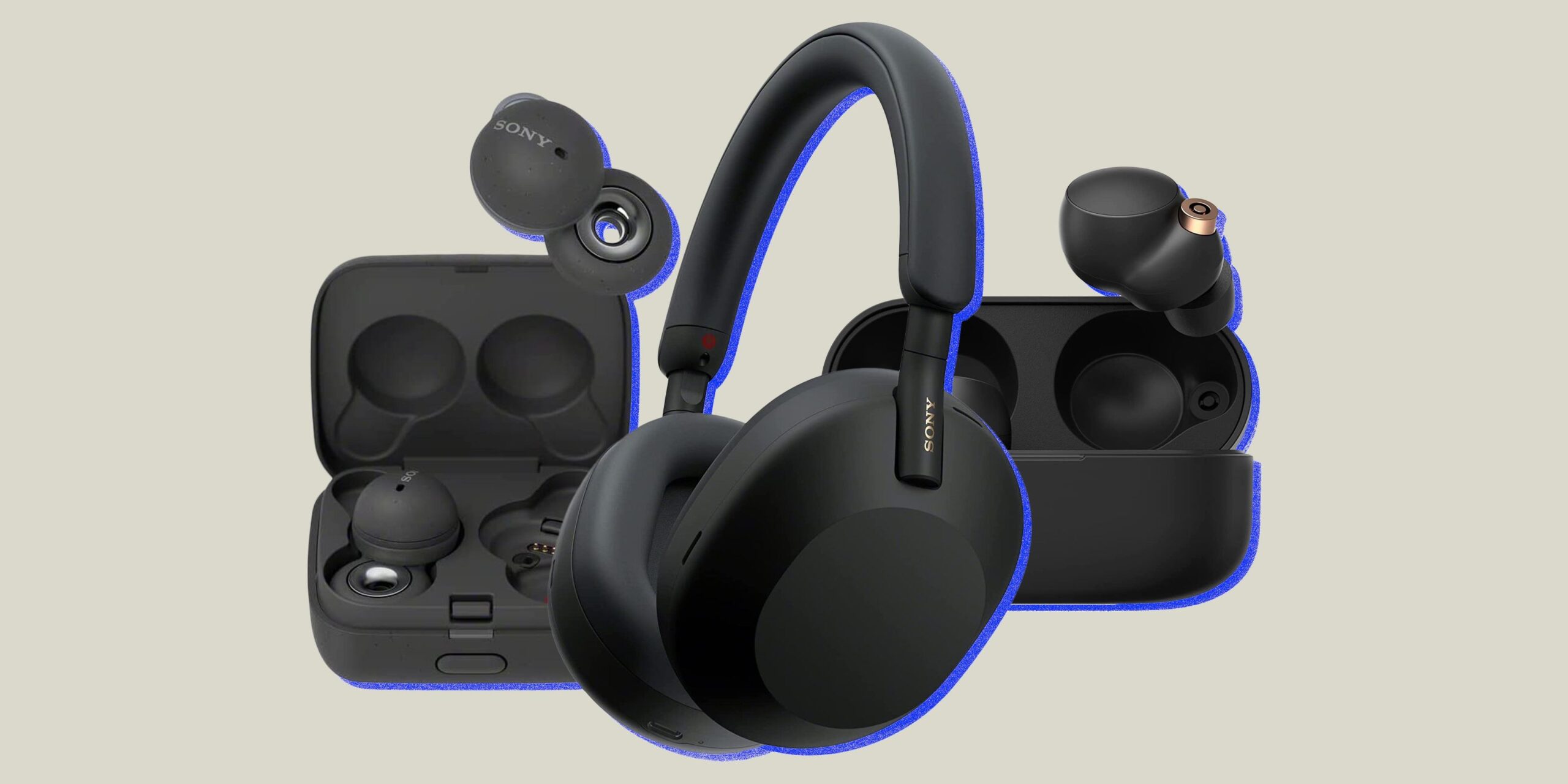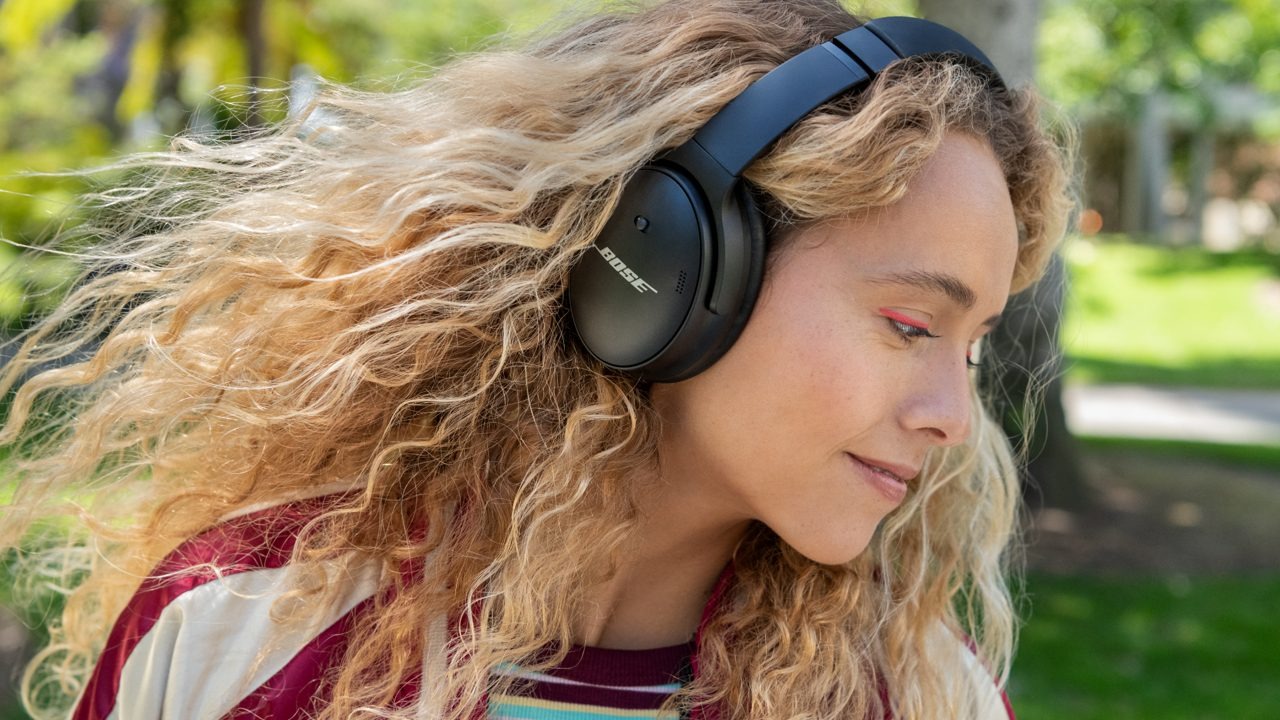Bose is an American audio equipment company that designs and manufactures high-quality audio systems and headphones. The company was founded in 1964 by Amar Bose, a professor at the Massachusetts Institute of Technology (MIT), who was dissatisfied with the quality of sound reproduction that was available at the time.

Today, Bose is known for its innovative audio technology, including noise-cancelling headphones, wireless speakers, and home audio systems. The company has won numerous awards for its products and is highly regarded by audiophiles around the world.
Bose has a strong commitment to research and development, with a team of over 1,000 engineers and technicians working to develop new technologies and improve existing products. The company’s products are sold in over 50 countries and through a variety of channels, including retail stores, online sales, and partnerships with other companies.
In recent years, Bose has expanded its product line to include smart speakers and voice-controlled devices, such as the Bose Home Speaker 500 and the Bose Soundbar 700. The company has also embraced the trend towards wireless audio, with many of its products now featuring Bluetooth connectivity.
Overall, Bose is known for its high-quality audio products, innovative technology, and commitment to research and development. The company continues to be a major player in the audio equipment industry, and is likely to remain so for many years to come
Introduction to Bose’s noise-canceling headphones
Bose’s noise-canceling headphones are known for their high-quality audio and ability to eliminate external noise, making them a popular choice among audiophiles and frequent travelers. In this section, we will explore the history and development of Bose’s noise-canceling headphones and their impact on the audio industry.
Bose’s early development of noise-canceling technology
Bose’s early development of noise-canceling technology started in the late 1970s, with the goal of reducing aircraft cabin noise for pilots and passengers. Bose’s founder, Amar Bose, was on a flight to Europe and was so frustrated by the loud airplane engine noise that he started thinking about ways to reduce it. He then began researching the physics of sound and discovered that the concept of noise cancellation was possible by producing sound waves that cancel out unwanted noise. This led to the development of the first noise-canceling headphones, the Bose QuietComfort, in 2000.
The impact of Bose’s noise-canceling headphones on the audio industry
Bose’s noise-canceling headphones have had a significant impact on the audio industry. They were the first to introduce the concept of noise-canceling technology to consumer headphones, and since then, many other companies have followed suit. Bose’s innovation in this area has not only led to improved audio quality for consumers but has also paved the way for the development of other noise-canceling products such as earbuds, smart speakers, and home theater systems. In addition, Bose’s noise-canceling headphones have been used in a variety of professional settings, such as aviation and broadcasting, further demonstrating their impact and versatility.

Different types of Bose noise-canceling headphones
Bose has several models of noise-canceling headphones that vary in features, design, and price.
- QuietComfort: The QuietComfort series was the first noise-canceling headphone line launched by Bose in 2000. It includes models like the QC35 and QC25, which are over-ear headphones designed for travel and long-term use.
- Noise Cancelling Headphones 700: These headphones are the successor to the QuietComfort series and are designed for both personal and professional use. They feature a new design, improved noise-canceling technology, and touch controls.
- QuietComfort Earbuds: Bose also offers noise-canceling earbuds, the QuietComfort Earbuds, which feature both active noise cancellation and passive noise isolation to provide high-quality sound in any environment.
- Sport Earbuds: Bose also offers noise-canceling earbuds designed specifically for sports and workouts. The Sport Earbuds are sweat and weather-resistant and provide a secure fit for active use.
- Sleepbuds II: These earbuds are designed to help users get a better night’s sleep by masking external noise and providing soothing sounds. They are wireless and come with a variety of pre-loaded sleep sounds.
These are just a few examples of the different types of noise-canceling headphones offered by Bose.
Bose’s advancements in noise-canceling technology over the years
Bose has continued to innovate and improve their noise-canceling technology since the release of their first noise-canceling headphones in 2000. In 2010, they introduced the QuietComfort 15 headphones, which were the first to feature noise-canceling technology that could be adjusted to three different levels.
In 2013, Bose released the QuietComfort 20, which were the first in-ear noise-canceling headphones. These headphones featured a unique “Aware” mode that allowed users to listen to their surroundings without taking off their headphones.
Bose continued to improve their noise-canceling technology with the release of the QuietComfort 25 and QuietComfort 35 headphones, which were both highly regarded for their ability to block out external noise. The QuietComfort 35 II introduced Google Assistant integration, allowing users to control their headphones with their voice.
Bose also introduced the QuietComfort Earbuds, which feature noise-canceling technology and have received praise for their sound quality and comfortable fit. Overall, Bose has been a leader in noise-canceling technology and continues to improve their headphones with each new release.
The future of noise-canceling headphones and Bose’s role in it
- Continued improvement in noise-canceling technology: As technology advances, there is likely to be ongoing progress in noise-canceling capabilities. Bose has been a leader in this area for many years and is likely to continue to innovate in order to maintain its position.
- Focus on customization: One trend in headphone technology is a focus on customization and personalization. This could include the ability to adjust noise-canceling settings based on a user’s specific needs or preferences, or the ability to customize sound profiles based on individual hearing profiles. Bose has already begun to explore this area with its Bose AR platform, which uses augmented reality to deliver personalized audio experiences.
- Integration with other technologies: As the Internet of Things continues to grow, there may be opportunities to integrate noise-canceling headphones with other devices and platforms. For example, headphones could be used in conjunction with smart home systems to adjust the ambient noise level in a room, or with virtual assistants to provide hands-free control of devices.
- The role of sustainability: As consumers become more environmentally conscious, there may be increased interest in sustainable materials and production methods for headphones. Bose has already taken steps in this direction, including using recycled materials in some of its products and implementing more sustainable manufacturing processes.
Overall, Bose is likely to continue to be a key player in the noise-canceling headphone market in the coming years, thanks to its long history of innovation and focus on improving the listening experience for consumers. As new technologies and trends emerge, the company will likely continue to adapt and evolve its products to meet changing consumer needs.

Conclusion
In conclusion, Bose’s noise-canceling headphones have made a significant impact on the audio industry, offering high-quality sound and reducing external noise to enhance the listening experience. Bose’s early development of noise-canceling technology set the foundation for further advancements, leading to the creation of various types of noise-canceling headphones. Bose has continued to improve its technology over the years, and its role in the future of noise-canceling headphones is likely to be significant. As technology continues to evolve, it will be interesting to see how Bose continues to innovate and shape the industry.



